School Classics Trip To Rome
Take your students on a school Classics trip to Rome and explore the remains of palaces, public arenas and triumphal monuments in the nexus of the mighty Roman Empire.
Highlights
The Colosseum, largest amphitheatre in the world
First century palaces at Palatine Hill
The battle frieze on Trajan’s Column
Learn combat techniques at Gladiator School
Royal Grammar SchoolI have used Travelbound for 6 of the 7 Classical Tours that I have organised and they are by far the best (organisation and value for money).
Suggested itinerary
What's included*
*Please note, entrance fees where applicable are not included in typical price – contact us for more details
Recommended excursions
The Colosseum is the most spectacular surviving edifice of ancient Rome and the largest amphitheater in the world. See the arena where senators, Vestal Virgins and the masses watched gory gladiatorial conquests, battle reenactments, executions and mythological dramas. A visit here helps students to understand the importance of the spectacle in Roman society.
Overlooking the Forum, this was once the smartest address in the Roman Empire. Students can investigate the remains of extravagant palaces built here for emperors including Tiberius and Domitian. The hill is said to be where Romulus killed Remus in 735BC, and in 2007, a sacred sanctuary dedicated to the brothers was unearthed here beneath the house of Augustus.
Visit the centre of classical Rome with your students, and stand on the spot where the great orators made their names. Now a sprawling ruin of architectural fragments in the city centre, the Forum was the site of processions, elections, public speeches and criminal trials. Tip: A visit here is a good starting point for discussions on the life and times of Cicero.
The centre of the Roman Catholic Church is home to the awe-inspiring Renaissance masterpiece Basilica di San Pietro and the Vatican Museums, with rich collections from classical sculpture to Egyptian pieces, Renaissance paintings and the legendary Sistine Chapel. Students learn how the Vatican gained its position and explore its contemporary meaning.
One of the best-preserved Roman buildings in the world, the Pantheon has been used as a Catholic Church since the 7th century AD. Built as a temple dedicated to all the gods, an excursion to the Pantheon offers the perfect opportunity to discuss the role of religion in Roman society.
Explore the underground burial chambers tucked beneath the Eternal City, on a guided tour of Rome’s Catacombs. An eerie experience for even the bravest of hearts, your students will gain a fascinating insight into the city’s history by exploring what lies beneath its streets. Photo © Dennis Jarvis.
Tip: The Christian catacombs house important examples of early Christian art, from before 400AD
Founded around the 4th century BC, Ostia served as Rome’s port city for centuries until the Tiber changed course, leaving the town high and dry. Excavations have revealed a remarkably intact Roman town in a tranquil, green setting, 30km southwest of Rome. As well as beautifully preserved buildings, the site is known for its impressive frescoes and mosaics
Symbolic of a pivotal point in Roman history, the Arch of Constantine is great for groups interested in the later Roman Empire. This monument to the Emperor Constantine’s victory on the Milvian Bridge – with friezes praising him in battle and civilian duties – ignites debate on the roles of war, victory, change and continuity in Roman society.
This once opulent villa was built as a retreat from Rome for the Emperor Hadrian in the 2nd century AD. In the later years of his reign he governed the empire from here, and it was then used by his successors. In the ruins, gardens and fountains, students can see evidence of the extravagant tastes of the emperors and cardinals who once lived there.
This triumphal column, completed in 113AD, commemorates Emperor Trajan’s victory in the Dacian Wars. Students can study the continuous frieze that winds up around the tower depicting his two military campaigns. It shows the emperor and his troops preparing for and engaging in battle, providing an invaluable source of information on Roman methods of warfare.
This sporty workshop lets students walk in the shoes of gladiators. Instructors teach them ancient combat techniques and explain the gladiators’ life and times. Students wear a traditional tunic, Roman sandals, belt and protective gloves, and use a wooden training sword. On completion they receive a medal declaring them a ‘Tiro’, or first level gladiator.
This fountain at the junction of three roads – tre vie – marks the end point of one of the aqueducts that supplied water to ancient Rome. Completed in 1762, it’s a baroque extravaganza of carved seashells, sea beasts and mermaids incorporated in a stately triumphal arch. It famously featured in the films Three Coins in the Fountain and La Dolce Vita.
Students on their own ‘Grand Tour’ can join the likes of writers Byron and Honoré de Balzac in being inspired by the view from the longest and widest staircase in Europe. The hillside was transformed in 1723 – 1725 in honour of a diplomatic visit by the king of Spain, with the staircase linking the Piazza di Spagna to the Trinita dei Monti church.
Originally built as a stadium in the first century for athletic contests and chariot races, Piazza Navona was laid out in its ruins in the 15th century, and is now a lively place where locals and tourists hang out. Students can watch the street performers, enjoy an ice cream and admire the baroque palaces that line the square.
Tip: A good place to spend time in the evening
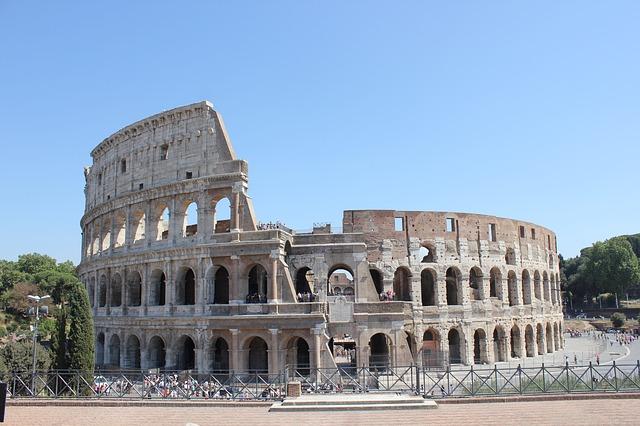
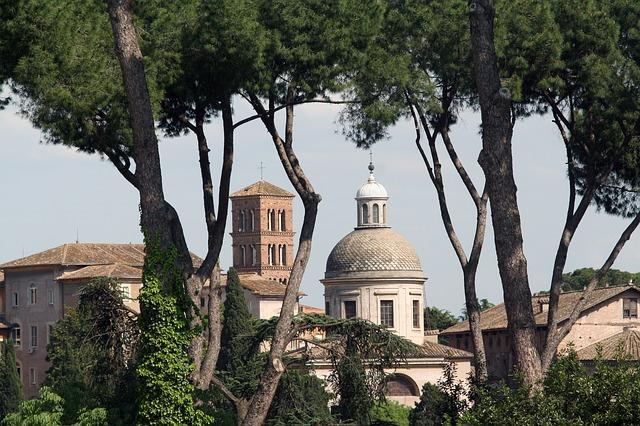
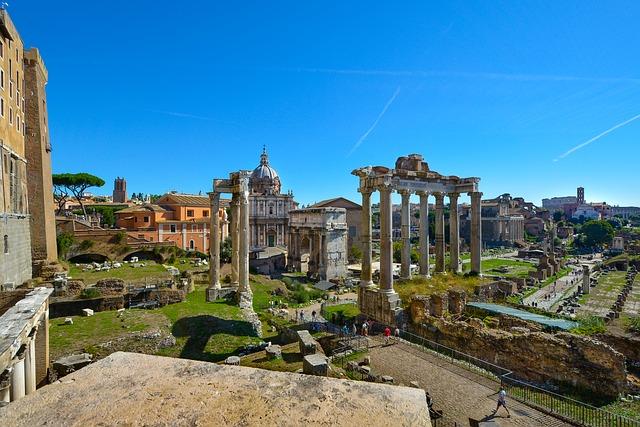
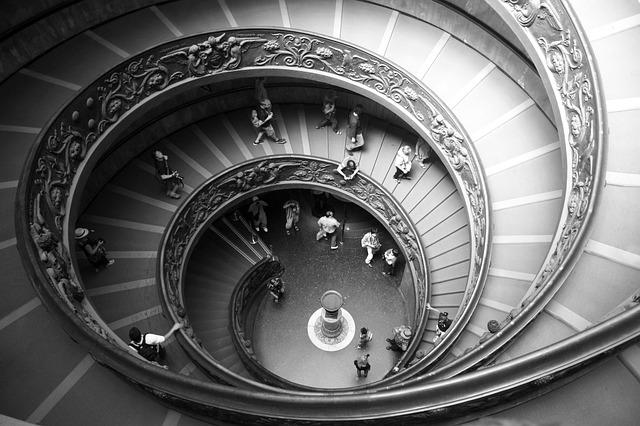
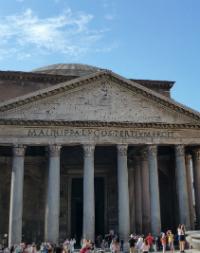
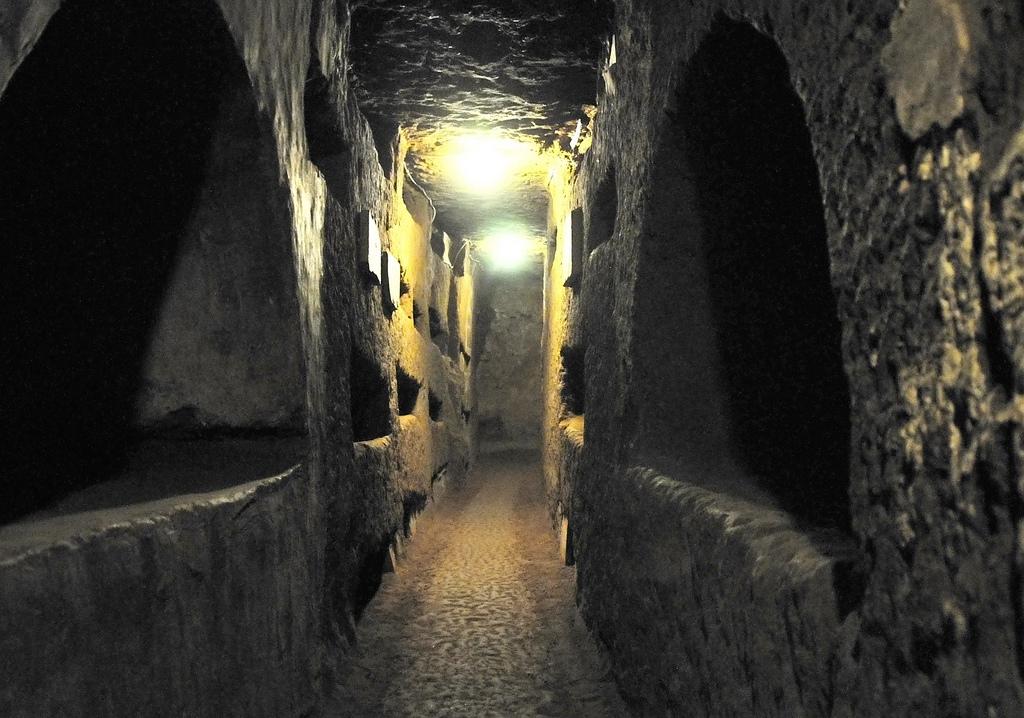
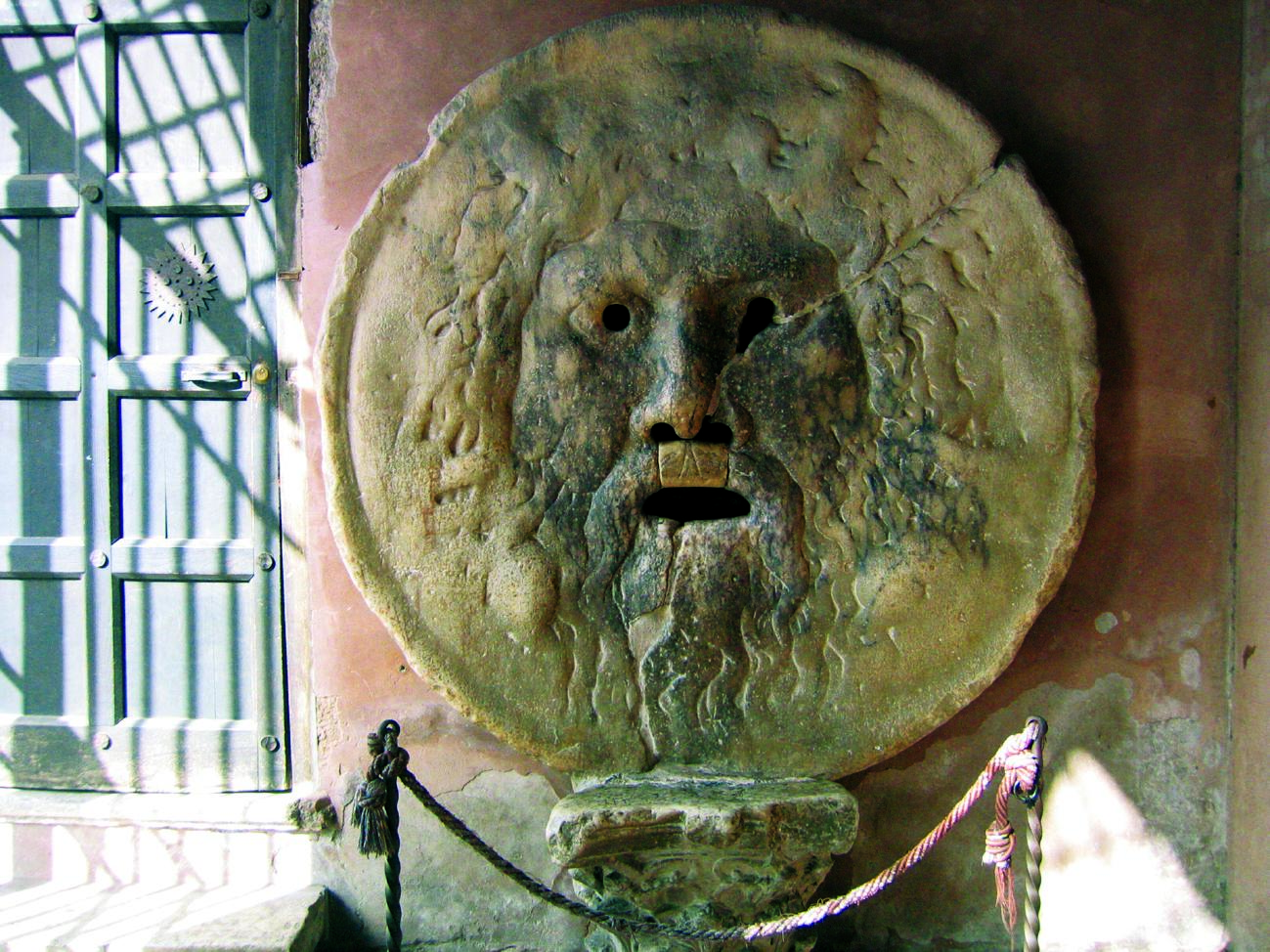
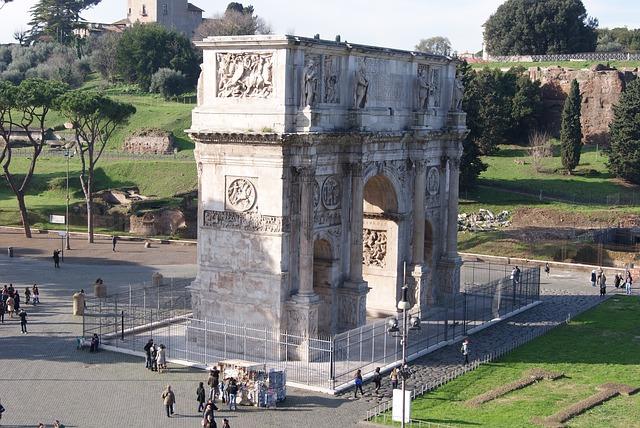
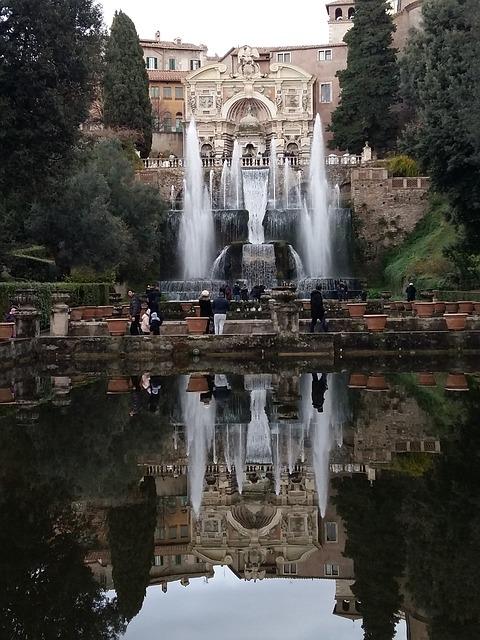
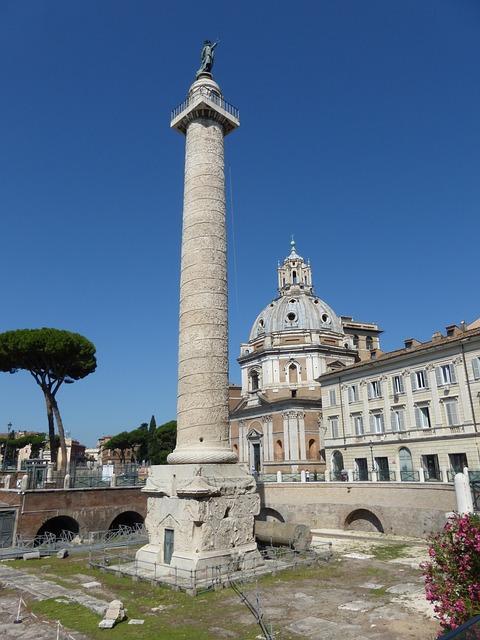
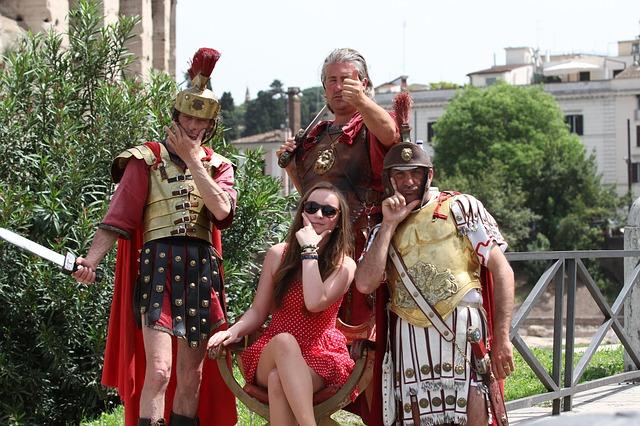
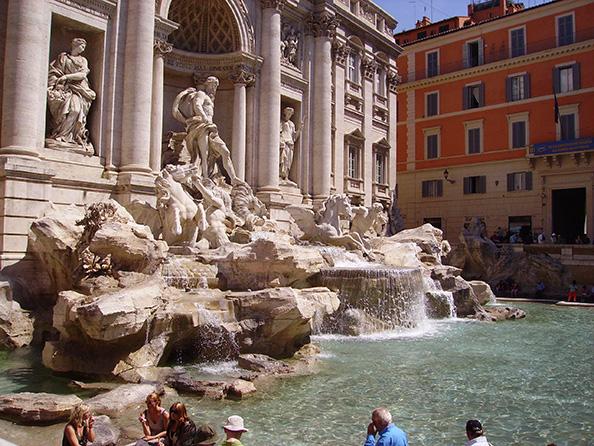
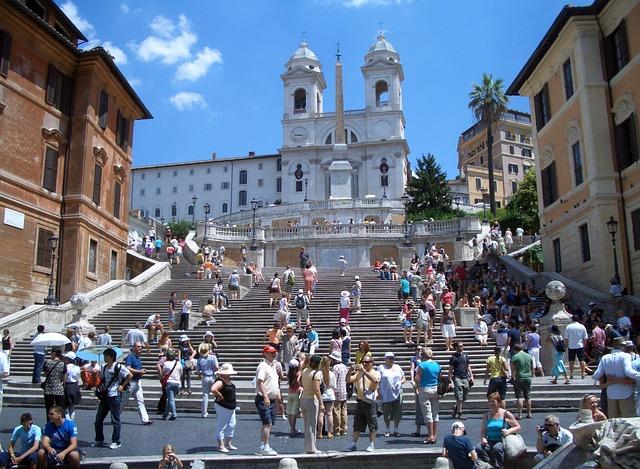
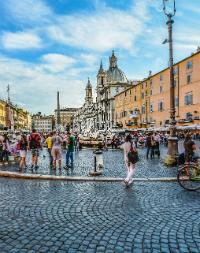
Typical accommodation
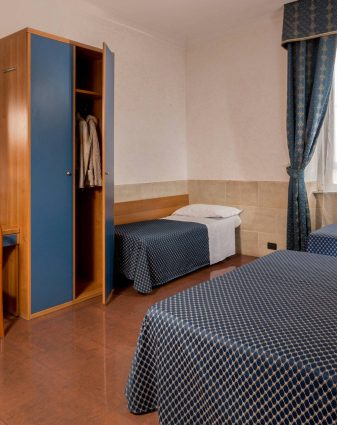
Why groups like it:
Facilities:
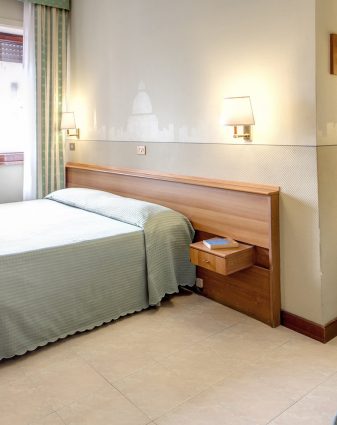
Why groups like it:
Facilities:
Learning outcomes
Subject focus
Learners will:
- Study the remains of Roman civilisation to see what can be reconstructed and understood from these buildings
- See the city that created some of the great poets and writers of Roman literature and discover what inspired them
- View archaeological sites and sculptures specified in OCR/AQA syllabuses
Student outcomes
Students will have had an opportunity to:
- Study Roman architecture and modern archaeological techniques at first hand
- See the places they’ve learnt about in their studies – for example, from the life and career of Cicero – and gain a better understanding of the context
- Assess the societal and technological changes that took place throughout ancient Roman history
- Evaluate the historical and continuing influence of Roman themes and ideas


